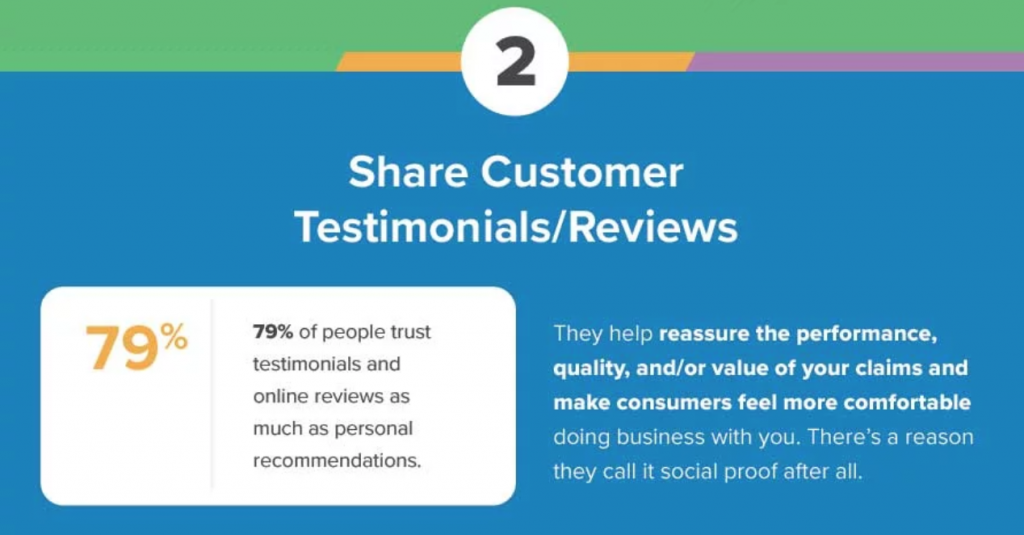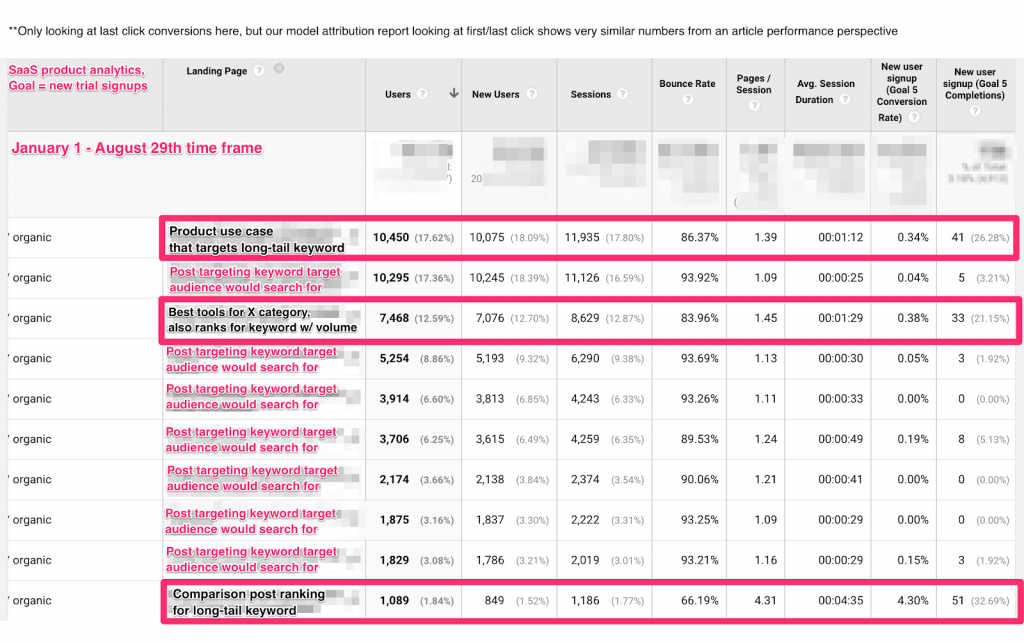Consumer Decision-Making Process Mastery
Written by Chintan Zalani, Content Marketing Specialist at The Ecom Academy
The consumer decision-making process started way back when cave people traded iRock’s for iSticks’s, yet it wasn’t until 1910 that a philosopher, John Dewey, (AKA The Big D) coined the phrase “consumer decision-making process”. Dewey conceptualized the process as a journey that a consumer went on from identifying their problem to deciding to buy a product. The five steps that Mr. Dewey highlighted in the consumer decision-making process remain widely cited in journals. Marketers also accept them as the default consumer-decision making process model.
Today, let’s look at the process along with takeaways for your business. As I have already mentioned in my article on starting a brand, consumers are willing to pay more for better experiences. Hence, you can take cues from these steps to modify your marketing efforts and make your customer’s journey smoother. Enter…
The consumer decision-making process
Step #1: Recognizing A Problem
Think of the last product that you bought for your Ecommerce business. Did you directly search for the sales page of the product and press the purchase button?
I hope not.
Likely, you might have been sipping coffee while looking at your analytics data. It was a usual Friday until you realized that your top-selling product page is leaking revenue. As you went deeper for insights, you found that a serious card abandonment pattern. Hence, began the search for a tool to re-engage visitors that are falling off your store.
Similar to your identification in the above case, your prospective consumer also begins their journey with recognizing a need in their lives. It could be triggered through either of the two stimuli below.
1. Internal Stimuli: It refers to a personal perception that’s experienced by your customer and results in internal feelings. For example – A consumer might feel that they need a fresh start in life after getting a divorce and so they went ahead to auction their “entire life” on eBay (I’m not joking!)

In the case of your customers (most likely), sedentary problems like hunger, thirst, and loneliness would be the internal stimuli.
2. External Stimuli: In some instances, your consumer might get triggered by an outside source. They might see a billboard (else hear from a friend through word-of-mouth) about a streaming music service that features independent artists that makes them realize a need for it.
As an Ecommerce business owner, the external sources for your target audience might include Google AdWords, Facebook Ads, and Instagram Ads. Else, even an authentic Instagram post by a user about a product from your store.
In either of the above stimuli, your consumer feels like something is missing from their life. They want to feel “normal” again.
If your brand is at the top of their minds when they identify a problem, then they will consider you for solving it first. You can ensure the same by running remarketing ads, maintaining a strong social media presence, and sending regular email updates.
After identification of a problem, the consumer moves on to:
Step #2: Researching Information
At this stage of the consumer decision-making process, the consumer begins searching for the best solution to their problem. The sources of information could be classified into –
1. Internal Search: It refers to the scenario when the consumer falls back to their personal experiences. They use their memory to recollect how using various products delivered on their expectations.
As a business owner, you can participate constructively in the internal search journey of your customer by creating stellar products. It ensures that your customers associate positively with your brand.
2. External Search: It’s conducted by a consumer when they have no information about a product. To seek practical know-how, they use:
a. Personal sources: It involves turning towards friends and family for discussing the effectiveness of the products for solving their problems. For example, when a consumer sees a “cute laptop bag”, she asks their friend where they bought it and if it makes sense to buy the same.
Such personal recommendations remain one of the most trusted sources by consumers (more trustworthy than paid ads and other marketing channels).

If you’re an Ecommerce store owner, it calls for actively soliciting reviews for your products from your customers.

b. Public sources: Today, consumers can access information about products through Google, other search engines, online forums, and even consumer reports. They look out for the available options in the market that could solve their problems. If they are already considering your brand, then they search for information related to your product’s features, ease of use, price, and the like.
You can’t control all the public sources that share information about your products. However, as an Ecommerce business owner, the following channels make sense for building your brand presence:
i. Google (includes Google images and YouTube): It’s the biggest search engine online that consumers go to by default to search for solutions of their problems. In April 2018, Rand Fishkin shared that Google properties own over 90% of all searches. It’s a no brainer for your Ecommerce business to have a sound SEO strategy.

ii. Amazon: Even if you’re going direct to consumer, you can’t ignore the world’s biggest product search engine. Maybe list only a few of your products on the platform, but don’t forget to be present on Amazon.
iii. Pinterest: Again, a visual search engine that’s frequented by many shoppers. Learn about setting up Pinterest for your Ecommerce business here.
iv. Instagram: Another visual social media that has quickly become the default platform for Ecommerce brands to show off their products and engage with their audience. You can take cues from 10 examples of brands doing Instagram marketing right to kick start your strategy.
Once a consumer has gathered sufficient information from the above sources, they move on to:
Step #3: Evaluation Of Alternative Brands
Once the consumer has arrived at a product (hopefully, yours) in the second step of the consumer decision-making process, they confirm if it’s the right product for them. If it lacks specific attributes the consumer seeks, then they might go back to the second step and research products by alternative brands.
Essentially, the third step is about comparing different brands. Ultimately, the goal is finding a product that delivers the benefits a consumer is seeking. They might choose the best deal for them basis the price, quality, convenience, or any other factor that’s important for them.
Note that the transition from step 3 to step 2 might happen a few times before a consumer finally moves on to make the purchase decision. To become the product “choice” that your prospect stays with after step #3, you need to find the factors that are important for the consumers – both functional and psychological.
Typically consumer might evaluate the brands in either of the following two ways:
1. Limited Problem-Solving: It’s usually used by consumers when they have already established the basic criteria for your product category and the available brands. They look out for additional information to differentiate among the available brand choices.
This kind of evaluation happens when the consumer is likely updating a product they already own. They are buying a new set of earphones or replacing their laptop.
2. Extensive Problem-Solving: Such evaluation happens in the consumer decision-making process when the consumer needs a large amount of information to narrow down the specific brands they should consider in a product category. It usually occurs when the products are important, expensive, technically complicated, and have LONG time commitments. For example, buying a car/apartment will require extensive information and analysis of brands.
The products from your Ecommerce store can involve both kinds of problem-solving. In either case, it makes sense to interact with your customers and find out their pain points associated with your products.
Besides feedback for improving your products, one-on-one meetings can also amp up your copywriting and marketing efforts. You can include the EXACT phrases in your product copy and connect more deeply with your prospects.
Indeed, the rich insights about the “intent” of your consumers from such interactions can also make your SEO efforts more effective. You can follow the pain-point SEO strategy by Grow and Convert that turns traditional keyword-research upside down. Instead of prioritizing content ideas based on keyword volume, you target high-intent keywords found via knowing the pain points of your consumer.

Leveraging the above strategy, Grow and Convert have published “comparison posts” (can you see the implementation of step #3 right there?) for their clients. It ranks for long-tail keywords. However, it drives MORE number of conversions than a blog post that receives 10x the amount of traffic (see the screenshot below).

Once a prospect has evaluated products, they settle on a product they like.
Step #4: Pressing The ‘Buy’ Button
At this stage, the consumer has analyzed various products, and they buy from their most preferred brand. Note that the final purchase decision can come under fire due to a couple of intervening factors (as per Philip Kotler in his book Marketing Management).

1. The Attitude of Others: Even though you made up your mind to buy, coming across a negative review of a product by a person close to you can lead you to withdraw your purchasing decision. Of course, the consumer might also choose to not comply with such pessimistic feedback, and still go ahead to buy your product.
2. Unanticipated Situational Factors: What if your consumer was going to purchase a $500 luxury sofa from your store, but they get the news of being fired from their job? They would, of course, become more conservation in spending money and redirect their purchase to products necessary for their survival.
Hopefully, if the consumer doesn’t come face-to-face with these two interventions, then they press ‘buy.’ Once you have sufficient data, you can access insights on what’s working in your marketing and generating sales. After the purchase, comes the ultimate step in consumer decision-making:
Step #5: Checking How The Product Fares Post-Purchase
Once the customer has used your product, they review whether the product delivered on the promises. They will feel either satisfied or dissatisfied.
- If a product exceeds the consumer expectations, then they might become your brand ambassador and spread the word about you (influencing step 2 of other potential buyers through word of mouth). The consumer might also become loyal to you and consider your other products.
- If you fail to deliver on your stated product promises, then the same customer might send negative feedback. It might halt the customer journey of other prospects at step 2 (can you see how stellar products market themselves?)
If you provide excellent customer service, it creates a positive post-purchase experience. You should also incentivize your customers to leave honest feedback about your product on social media, your product pages, and the like.
It makes sense to cultivate an ongoing, long-term relationship with your customers because the cost of acquiring a new customer is higher than retention. As Mark highlighted in his Ecommerce Growth Machine article, “repeat transactions” is one of the three growth levers that can double your Ecommerce business (without spending another cent).
You can gain more from retention if your store sells high-value items. Here’s a matrix by Shopify that shows how much you need to care about retention as a key phase in the consumer decision-making process and therefore, also on post-purchase.
Conclusion
Understanding the consumer decision-making process can go a long way in making your sales and marketing efforts more effective. I have illustrated the five stages as highlighted by John Dewey that remains widely accepted till date.
Have you analyzed data and found that your customers follow the above process? Let me know in the comments below.
Companies our team has worked with:











